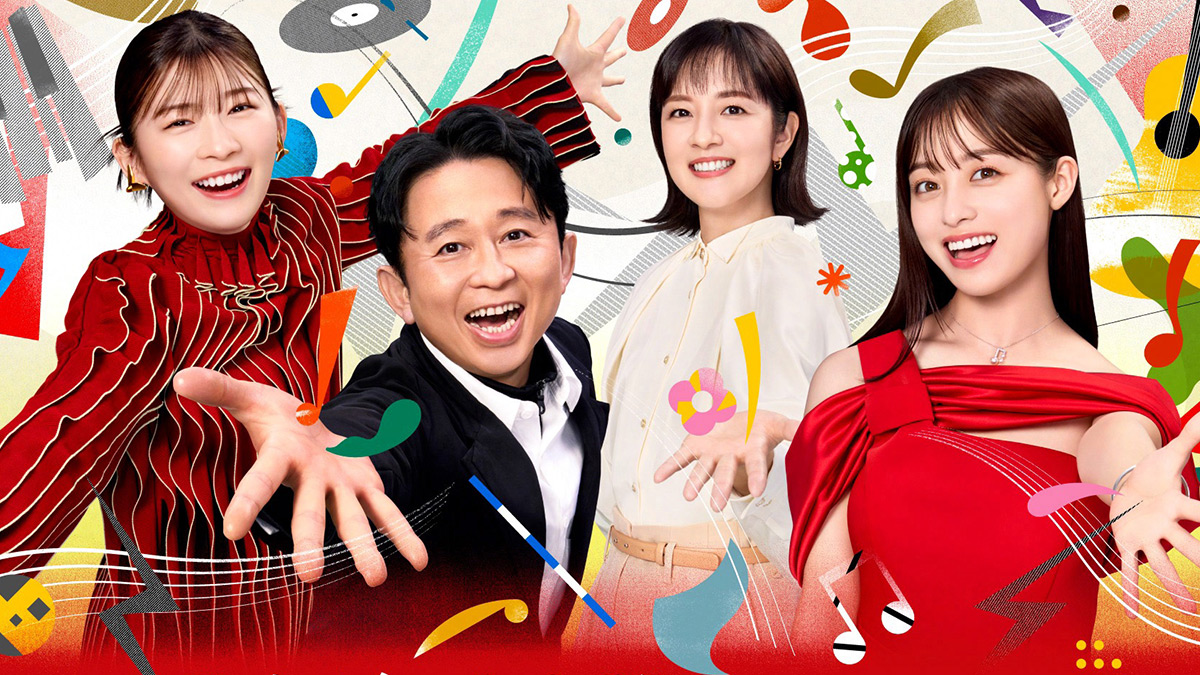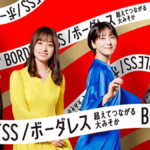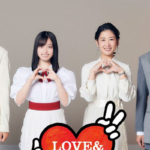Up Close and Personal
Kohaku Utagassen 2024
As is often the case, the Kohaku Utagassen serves as a mirror of Japanese society and this year’s edition was no exception. Reflecting the realities of an aging population, the show highlighted this demographic shift, particularly through the white team, which prominently featured older male singers. While this trend has been evident in recent years, this year’s show accentuated it further by spotlighting artists from decades past. The intention seemed clear: to win by appealing to nostalgia and legacy rather than innovation. Although this strategy achieved its goal, the 75th edition of Kohaku Utagassen ultimately felt uninspired and lackluster.
The theme, “A Song for You,” lacked clarity and focus, leaving audiences wondering who the show was truly targeting. The performances often felt like a slow race to mediocrity, with few standout moments. A particularly glaring weakness this year was the prevalence of lip-syncing, with many singers making little effort to conceal their lack of live performance, further diminishing the show’s authenticity.
Amidst this sea of mediocrity, a few performances stood out. On the winning white team, Nihama Leon, JO1, Yamauchi Keisuke, Hoshino Gen and Fujii Kaze delivered commendable efforts. Meanwhile, the red team, led by women, showcased more engaging acts, including Sakurazaka46, HY, Nogizaka46, Tuki and the consistently excellent Ai Myon. However, these highlights were few and far between, with most other participants seeming like mere placeholders fulfilling contractual obligations.
The overall impression of the 75th Kohaku Utagassen is that its producers lacked enthusiasm and a clear vision. What should have been a landmark edition felt more like a routine exercise, devoid of the creativity or energy such an occasion deserved. There were missed opportunities to elevate the show, such as incorporating contemporary music trends or celebrating emerging talent. It seemed as though the producers had spent the year detached from Japan’s evolving music scene.
The choice of MCs further underscored this lack of innovation. Recycling almost the same hosts as last year was a missed chance to refresh the show’s appeal. Why not introduce dynamic figures like Furukawa Kotone or explore international collaborations, such as inviting Blackpink to inject new energy and broaden the audience?
Despite the disappointment of this year’s Kohaku Utagassen, there is a silver lining in Japan’s broader music scene. Many artists are bypassing traditional production pipelines, leveraging social media to build their careers and connect directly with audiences. As the music landscape continues to evolve, Kohaku Utagassen will eventually face a reckoning. Hopefully, it will transform from a museum of musical nostalgia into a vibrant celebration of the year’s best performances. Until then, we watch and more importantly, we listen.
Comments are closed.






